Make A Plea - Self Certification
...service. These improvements will include: Providing users with clearer information to pre-empt queries. Emphasising use of the digital channel by default in the documentation used to initiate the use of...
...service. These improvements will include: Providing users with clearer information to pre-empt queries. Emphasising use of the digital channel by default in the documentation used to initiate the use of...
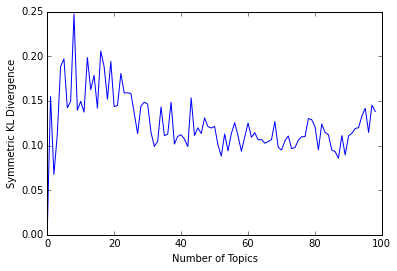
...this situation, and to understand the types of common issues users are highlighting, we can use topic modelling. Finding hidden topics in comments The idea of topic modelling is that...
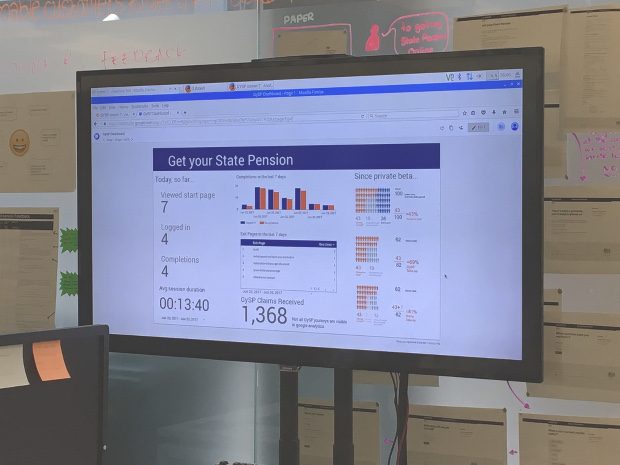
...users have needs too. In my next blog post I’ll tell you more about the dashboard itself. I’ll describe how we decided: what to include where to host it how...
...the team I used these indicators to create an automatic assessment tool in Python. I also iterated them to increase their predictive accuracy (by creating a new indicator, making the...
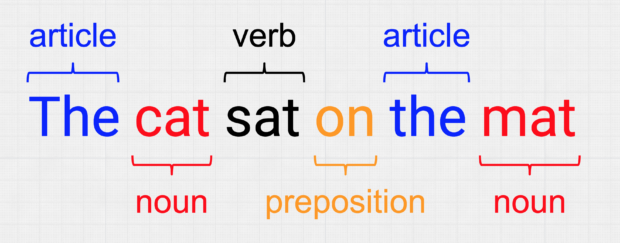
...t-SNE (t-Distributed Stochastic Neighbourhood Embedding). Dan fed this information into an algorithm called HDBSCAN to find meaningful groups, including one that contained appointments related to injections. Luke Stanbra from the...
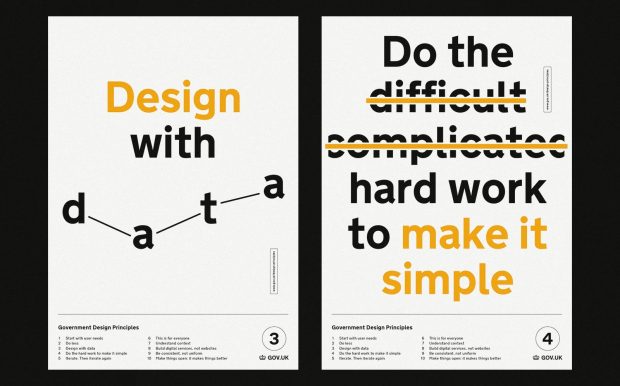
...us provide trusted information to users and make sure other useful and trusted content from others is surfaced. Schema.org allows us to put in links to other pages with relevant...
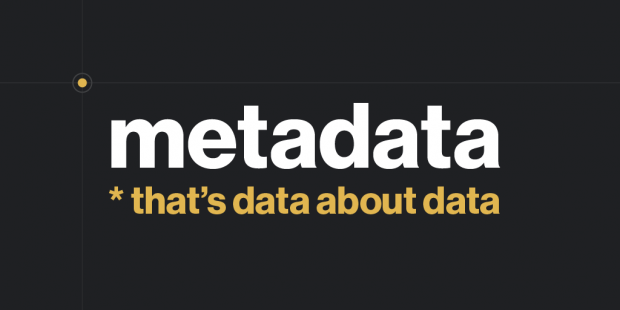
...or die by the user’s ability to find what they need, so search and navigation are key to early user buy-in and adoption some tools have excellent metadata ingestion and...
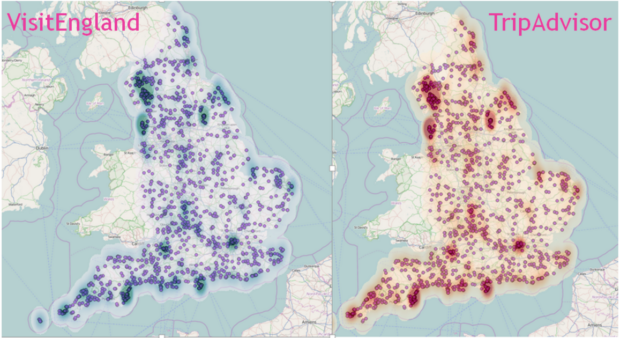
...SAS and Revolution R as their analytical toolset. Stephen explained that their approach to data science was to use multi-disciplinary teams because in practice it is very hard to find...

...my mentee on how to approach and position his problem, how to structure his work, where to look and what to google - every data scientist’s secret. Katie's advice for...
...in seeing how the user needs for the manual have changed. This is especially important in the age of Government as a Platform. A digital infrastructure shared across government needs...